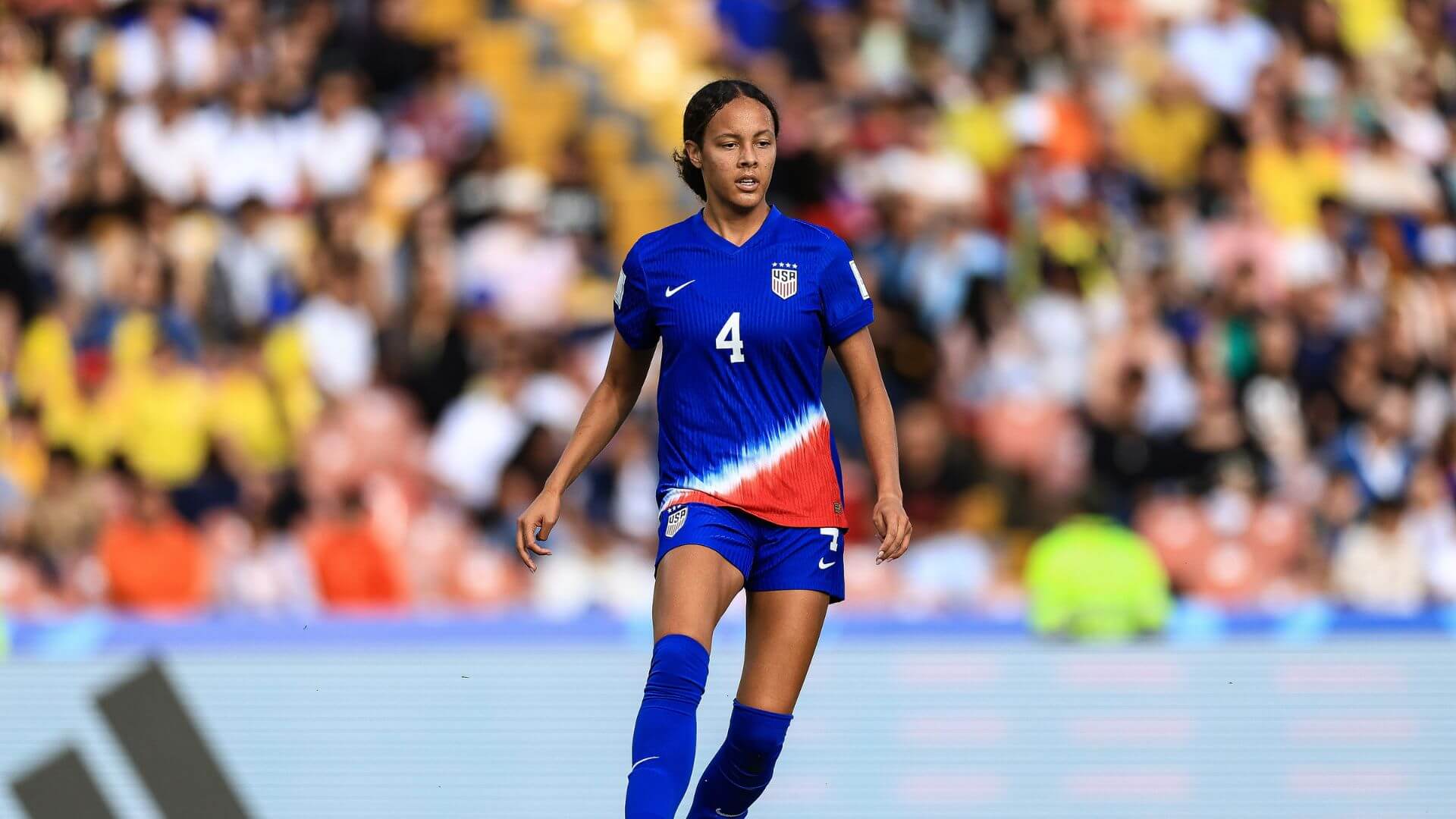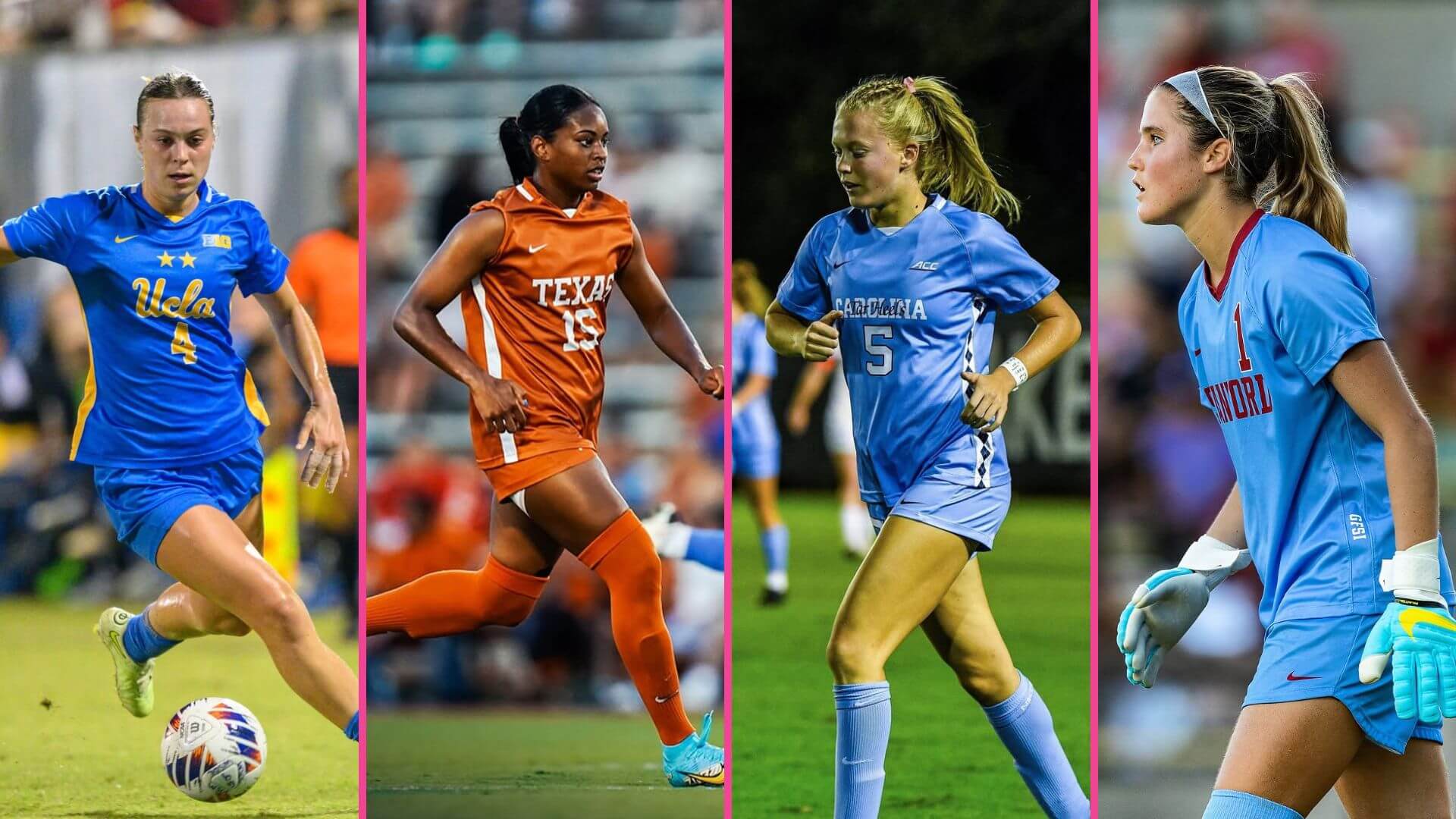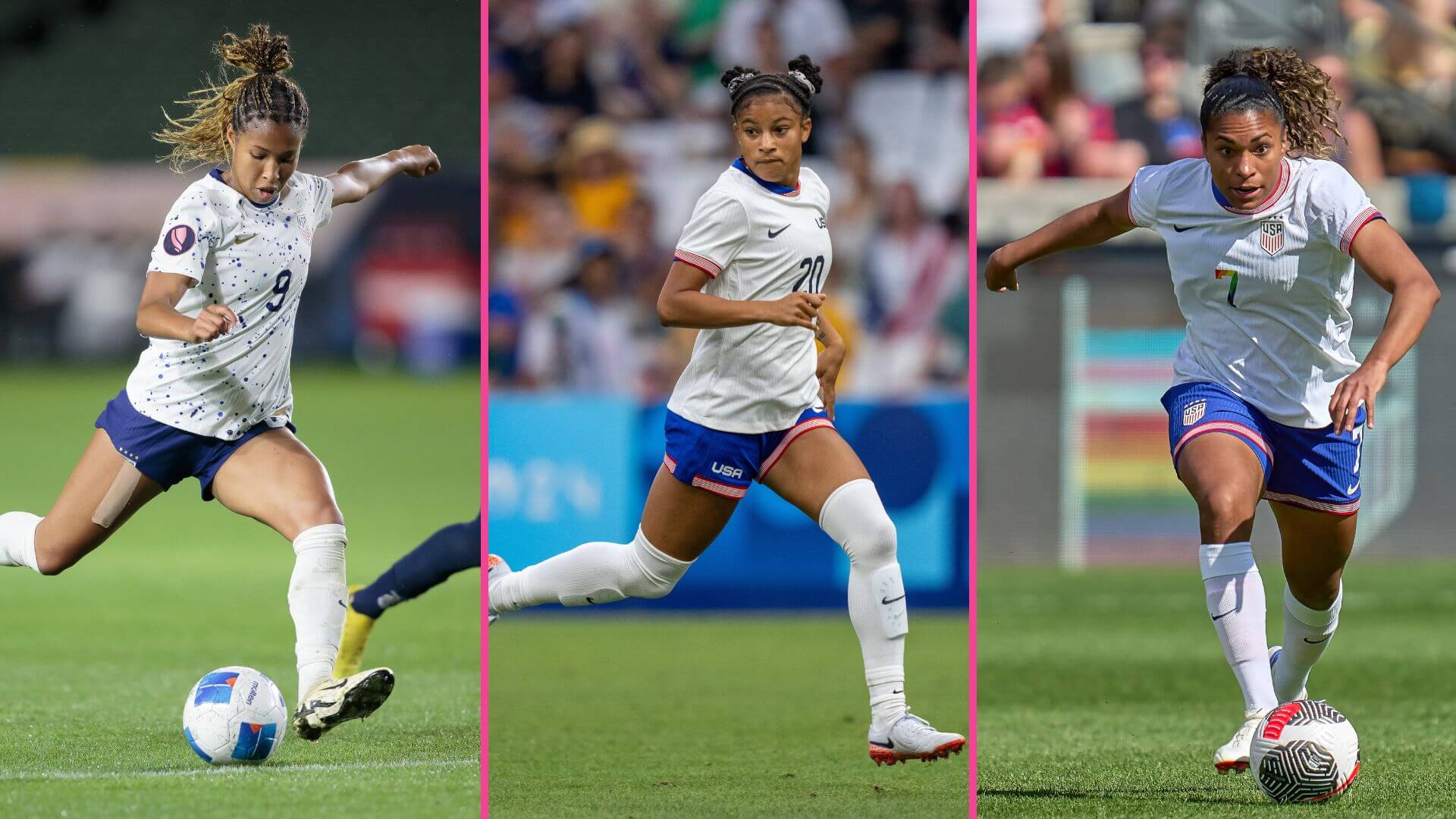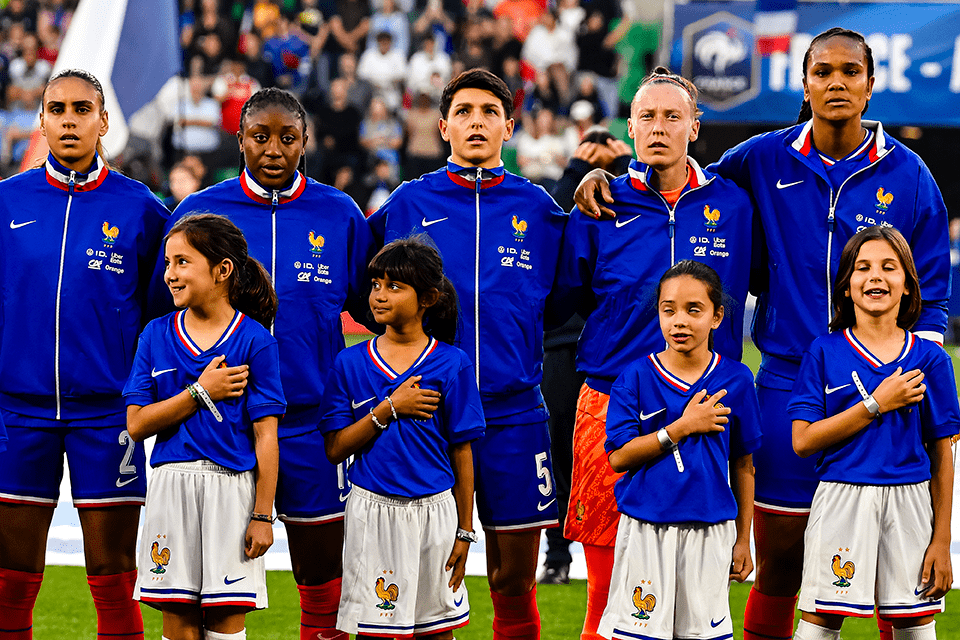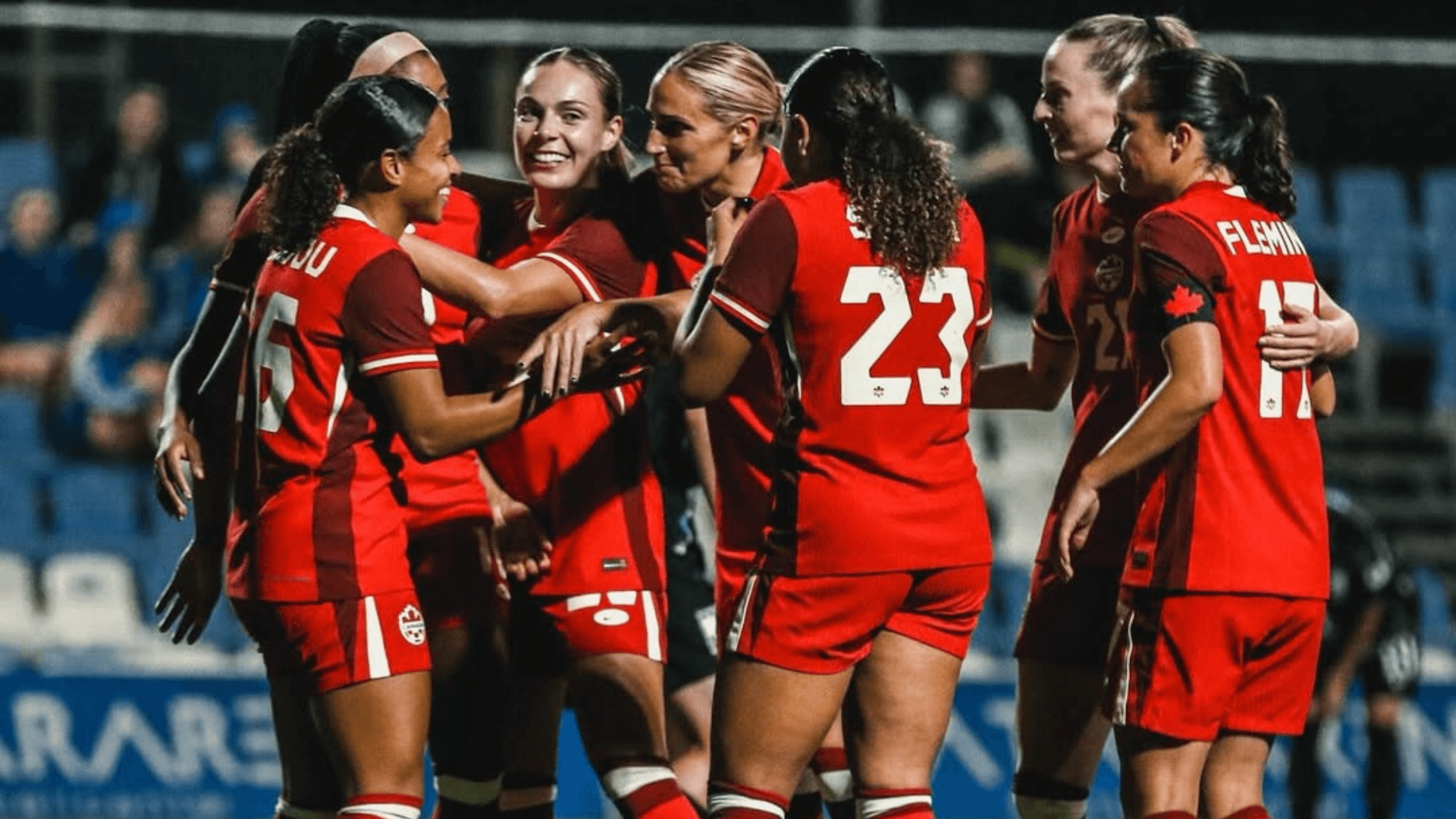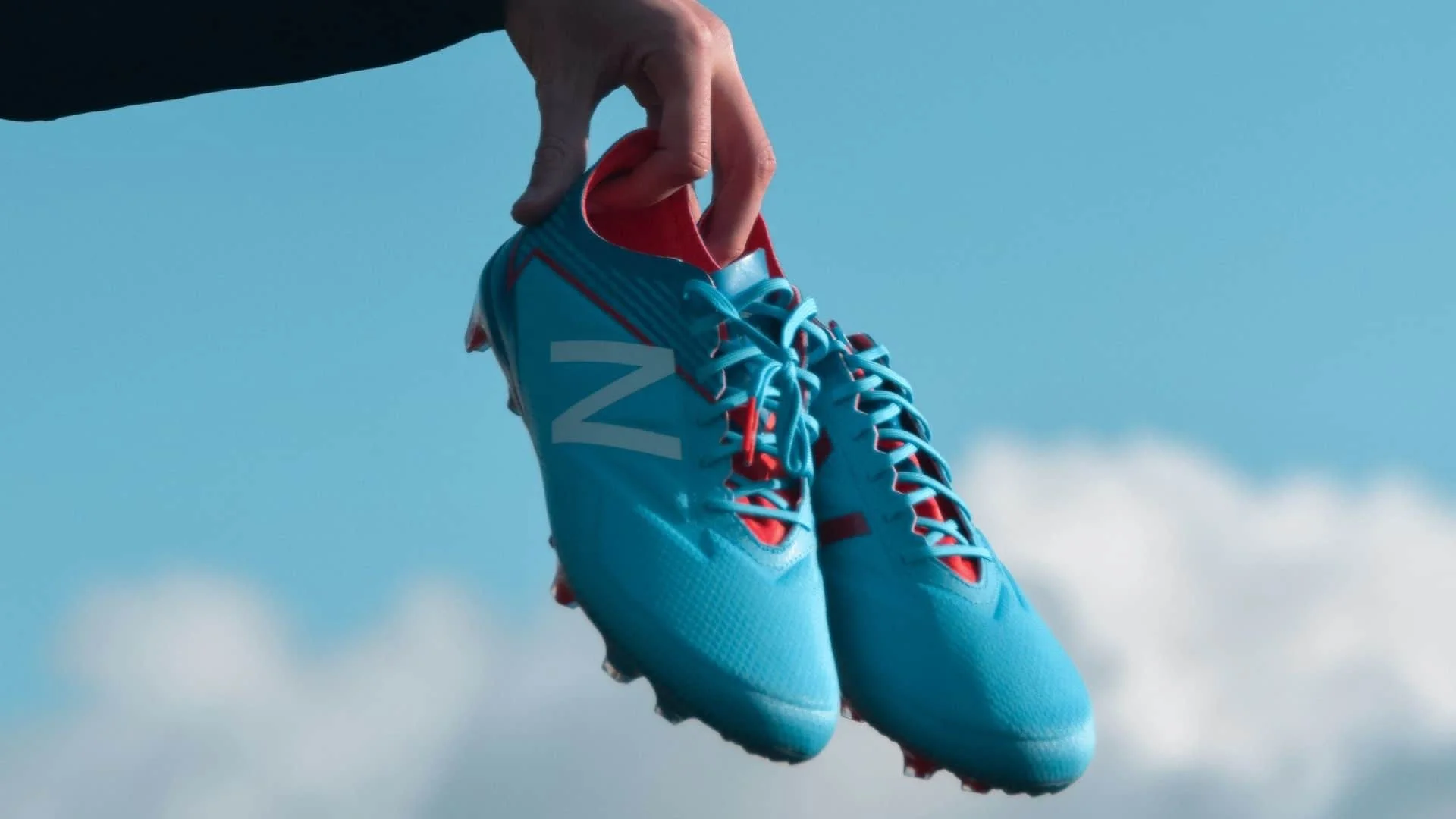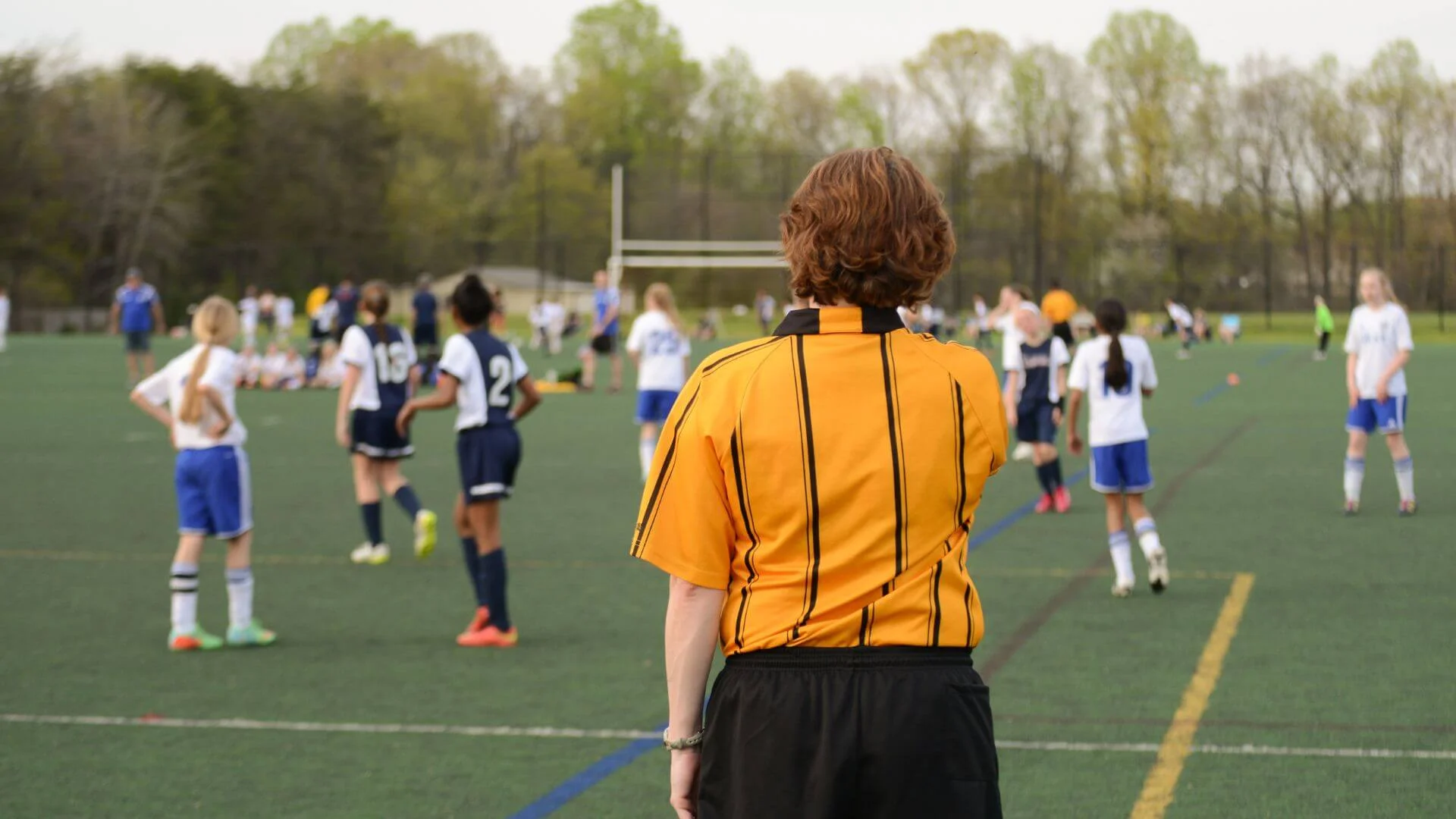ACL Injury Report: Why The Injury is So Prevalent in Girls and Women’s Soccer
We all know ACL tears are one of the most severe injuries in soccer, with recovery that lasts anywhere from six months to a year. But did you know that ACL tears are prevalent in women and girls? Female soccer players have a two to four times higher likelihood of suffering a torn ACL than male soccer players. And we can see this probability by glancing at professional women’s soccer. Here, we’ll break down why the injury is so common and how it can be prevented on an individual and systemic level.
Recent ACL Injuries
First, here’s a look at some big-name players that have recently torn their ACLs, impacting their team, league, and the national game.
USWNT – Catarina Macario, Tierna Davidson, Christen Press
NWSL – Sarah Gorden (ACFC), Nadia Nadim (Racing Louisville, recently returned to play), Marta (Orlando Pride), Lynn Williams (KC Current), Kayla Sharples (Chicago Red Stars), Kealia Watt (Chicago Red Stars)
Spain – Alexia Putellas
Why are they so common?
At the anatomical level, female bodies are simply different than male bodies, and this difference is what accounts for the higher likelihood.
Research suggests many reasons, such as smaller ACLs, estrogen level fluctuation, and a looser alignment and higher flexibility of parts in the knee. Women tend to land flat-footed with the knees extended rather than flexed and run upright, which creates less control over the knee joint.
Additionally, there’s about a 30% chance that after a player tears their ACL once, they’ll tear it again at some point.
Prevention and Recovery
Yet, most of the time, prevention and recovery methods are identical for women and men unless the sports medicine specialist explicitly understands the differences and develops a specialized recovery plan. The anatomical differences are apparent, so it’s time to look into what we can do differently to prevent and recover from ACL tears.
Currently, prevention methods include stretching, warming up properly, not playing while fatigued, developing muscle groups, and working on strength and flexibility. However, when much of sports and medical studies are based on men, the answer to better prevention and recovery may lie in a closer look at women’s anatomy and hormones.
Along with a higher rate of ACL injury, women also have a higher rate of not returning to the sport. Studies have shown that males who have undergone ACL recovery have self-reported being more psychologically ready to return to play within 12 months of operation than females. This suggests that, in addition to physical therapy, female athletes could benefit from psychological treatment to help them prepare better to return to soccer.
We need to continue the conversation around mental health in sports, which has really begun to pick up in recent years. We need to care about the mental health of injured soccer players, as it seems like this could be a way to aid recovery for women and girls.
Besides prevention on the individual level, what can we do on a broader level? Many of these professional soccer players tore their ACL during preseason or at the very beginning of the season.
For example, the NWSL Challenge Cup began on March 18 this past spring, leading up to finals on May 7. Yet, the NWSL still had regular season games during the span of the tournament. This schedule was grueling for many athletes, with little rest time early in the season and more ACL tears.
Coming Back Stronger
As serious as it seems, there is hope. Megan Rapinoe has torn her ACL three times and is still a top player. She recently played for the USWNT in Mexico for the CONCACAF W Championships.
Although it can be a devastating time for any soccer player, players can come back stronger. Again, look at Kristie Mewis or Alex Morgan on the USWNT, who tore their ACLs and came back stronger.
Nonetheless, it’s time to take a serious look at ACL tears in girls and women’s soccer and figure out how we can prevent them and aid recovery to get a higher level of players who return to the game.
Featured image via Getty Images
_
GIRLS SOCCER NETWORK: YOUR SOURCE FOR GIRLS SOCCER NEWS




